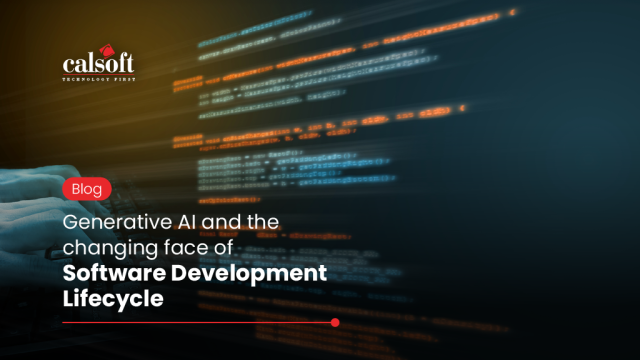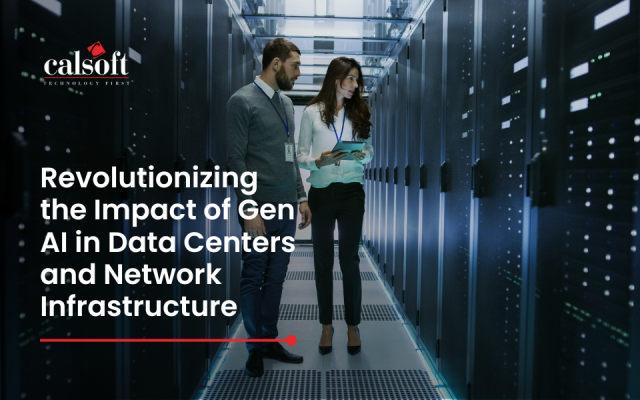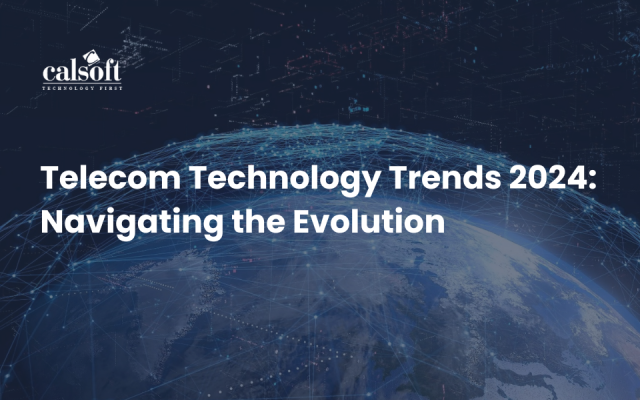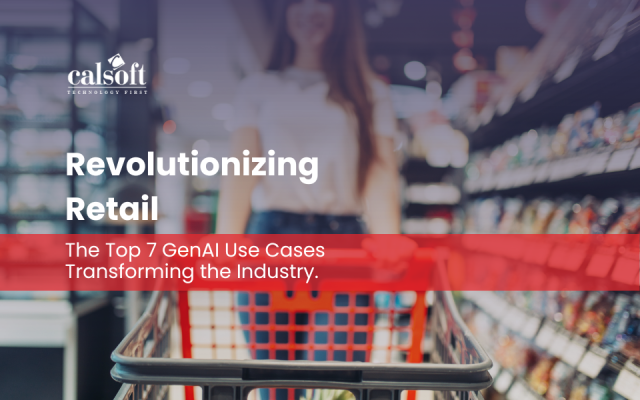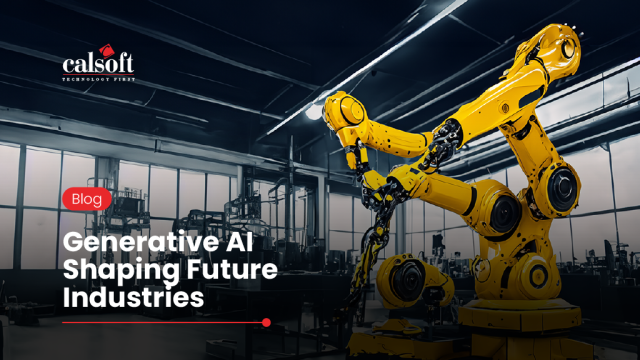A myriad of business-critical applications and multi-disciplinary and multi-user systems connect the entire enterprise today in a complex, distributed, and diverse IT environment. Old batch processing systems and manual scripting processes that were sufficient to run business processes are now redundant as organizations lean towards a 24/7 digital operating environment. With increasing competition, organizations are proactively looking at ways to ensure maximum productivity, optimize time and costs, and stay ahead of the curve.
As the IT infrastructure becomes more complex than ever before, organizations need the capability to manage workloads more efficiently, streamline processes, and remove process bottlenecks to benefit both front-office IT processes such as the service desk and also back-office processes.
Why workload automation?
The IT department is under a lot of pressure to do more with less while they press the accelerator on increasing efficiency and ensuring cost reduction. This department has heavily turned towards automation technology to positively impact the efficiency and cost matrix. For this, organizations need workload automation that allows them to enjoy the benefits of flexible and scalable infrastructure, avoid resource conflict, and adjust resource shortages more efficiently. Workload automation makes it possible to manage tasks without human intervention, while taking into consideration the needs of multiple applications and workflows along with all cross-system dependencies.
Workload Automation – an Option or a Necessity?
As the IT infrastructure increases in complexity, workload automation becomes imperative to schedule a wide range of processes such as database queries. Workload automation also becomes critical for backing up data to an external hard-drive or the cloud. This is especially relevant as a business is in an ‘always-on’ mode. Organizations have to ensure that accurate information can always flow securely between systems. This becomes hard to achieve when organizations are plagued with different batch schedules for their custom and standard systems.
To avoid conflicts, these schedules must be integrated and consolidated. Workload automation not only ensures this, but also confirms accurate resource provisioning and gives organizations the capacity to forecast when tasks will be completed with confidence.
The increased use of cloud-based and virtual resources makes workload automation even more important in the enterprise. This is because these workloads have to be delivered to several destinations such as desktops, mobiles, laptops, etc., both physical and virtual, including the cloud, which has its own set of variations to consider. Of course, this dramatically adds to the complexity of the endeavor too, as the cloud dimension alters the landscape.
Workload automation also becomes essential as we see the deployment of big data applications. This, along with the self-service provisioning of application environments by business users, demand for clearer insights into the root-cause analysis, drives the need for a higher availability of workloads. IT also needs the capability to monitor the health and performance of its workloads, ensure compliance, easier lifecycle management, and proactive SLA management.
AI meets workload automation – a natural progression
What organizations need today is the capability to manage change with agility and in an optimized manner. The objective of the digital transformation trend is also quite similar. Anything that impedes the capacity to change and respond instantly to change needs to be replaced.
IT infrastructures change. Application operating systems and databases get modified and upgraded. Virtual machines can be resized and repurposed to accommodate the needs of the enterprise. With all these becoming normal in the enterprise, workload automation is naturally gravitating towards Artificial Intelligence or AI, to accommodate its growing demands in the age of digital transformation.
AI Workload Management incorporates cutting-edge technologies such as AI and Machine Learning into IT processes. With the help of these technologies, workload automation becomes more simplified and yet, intuitive. AI gives workload automation the power to increase stability by providing more robust risk-assessment capabilities. Advanced algorithms also help in increasing the efficacy of root-cause analysis. AI also helps organizations reduce/prevent SLA violations by capably predicting future impacts through ‘what if’ and ‘if what’ analyses. These predictive capabilities also make query-resolution faster and reduce downtimes considerably.
Organizations globally are embarking on concerted digital transformation initiatives to improve market performance and increase profitability.
- AI in workload automation improves decision making by leveraging predictive analytics.
- Centralized management provides greater visibility and makes it easier to manage a hybrid (often distributed) workload environment.
- By gaining the capability to connect jobs using different variables, AI workload management can easily customize workload dashboards and provide precise governance to application developers and operators.
- AI workload automation also gives organizations the capability to scale and ensures a smoother and more proactive flow of workloads.
- It also confirms application and system availability, manages disaster recovery with great dexterity, and helps organizations adapt to growing business needs without compromising on security.
The meeting of the worlds of AI and workload automation promises great benefits for enterprises grappling with a complex IT infrastructure in an environment where IT is the backbone of operational performance.

